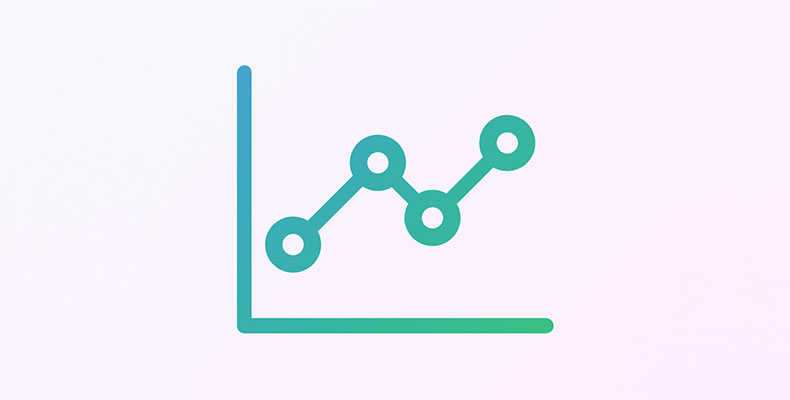27 Feb The benefits of a Google Ads Non-Last-Click Attribution model
The benefits of a Google Non-Last-Click Attribution model?
Improving our clients’ paid advertising performance is core to our successful partnerships. Data-Driven Attribution is the latest technology to identify the entire journey through to sale, opening up the conversions for expansion opportunities like mobile or generic keywords since they can now be properly measured.
What is Data Driven Methodology? – I don’t understand!
Google has a video explaining how Data Driven Attribution works. It uses Google’s Machine Learning AI and looks at both converting and non-converting conversions paths to determine the credit each touchpoint should receive. It’s not a biased solution.
What’s wrong with measuring Last Click? Which I’m currently using?
In theory, last click attribution seems to make a lot of sense, giving credit to the last source that drove a new consumer to a convert on a website, but we as consumers are not that simple. Consumers in today’s environment go to a number of different sources before they visit a website.
Here are some of the most often asked questions and concerns…
THE BASICS
“Attribution is scary and complex – I don’t want to talk about it”
Switching is very simple and can be done in under 2 minutes – not only will it help you improve your performance, it’s also the new standard in the industry.”
“Are you trying to sell me something?”
It’s completely free and gives YOU better performance. Advertisers on average see ~5% more conversions at a similar or lower CPA.
“Is this just another trend you are telling me about?”
More than 70% of PPC marketers identify attribution as their number 1 opportunity – this is fundamental to being a successful digital advertiser.
“This will mess up my reporting!”
Last-click reports are based on the time of click – this means that if a click happened 5 days ago and you’re only looking at today’s conversions, you won’t see the conversion that happened. Also, changes are typically not that big and don’t cause an issue for advertisers.
“I don’t know what the results will look like after I switch”
The Attribution Tool in AdWords will help you review and prepare for the changes.
“I’m going to wait until we have x-channel attribution”
It’s the first step in the right direction and we know that those who use multi-touch AdWords Attribution see ~5% more conversions – it’s the easiest increase in conversions you can do!
“I see decimal points and fractional conversions!”
AdWords Attribution breaks up a single conversion and gives pieces of credit (fractional credit) to each touchpoint along the conversion path. Don’t worry, your overall conversions will remain whole numbers.
“How can I quickly tell the attribution model for my conversions and which are eligible for DDA?”
In the conversions tab, you can add custom models to check this.
ADVANCED
“I switched to a multi-touch model and my conversions dropped”
The likely scenario is that since conversion credit is “pushed back in time” if you look at small time windows it may seem like conversions dropped. What actually happens is that they’re distributed to previous days’ touchpoints. To find if conversion volumes have truly dropped, we recommend looking at Google Analytics data as your source of truth.
“I do a lot of YouTube and Display”
Improving data in Search + Shopping campaigns is better than nothing and can be the first step into the world of multi-touch attribution. For YouTube and Display, Google Attribution will be launching soon that will give proper credit to these channels. For now, however, this is a step in the right direction.
“When I use the Attribution Modeling report, I don’t see much change so there’s no benefit to me”
All optimization to date has centred on last-click behaviour; therefore, advanced clients may see less credit shift due to this and should be a low-risk switch. However, by changing to a multi-touch model, advertisers will now see proper results when they start to test expansion into upper funnel activities like mobile and generic keywords. Also, a fair amount of attribution may happen within a campaign, so dive into campaigns and ad groups to see if a variance exists.
If you are ready to talk about moving to the benefits of Data-Driven Attribution register interest below.
Need some help - how about an unfair advantage?
Our team have more than 20 years experience in sucessfully managing Google Ads accounts for our clients. Our strategies are tried and trusted by 100's of businesses; many of whom have been with us from startups and have grown to seven-figure turnovers. Do you want an unfair advantage over your competitors? Contact us for your FREE paid search audit.





